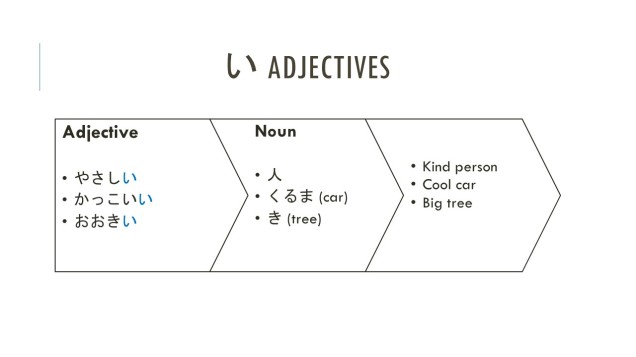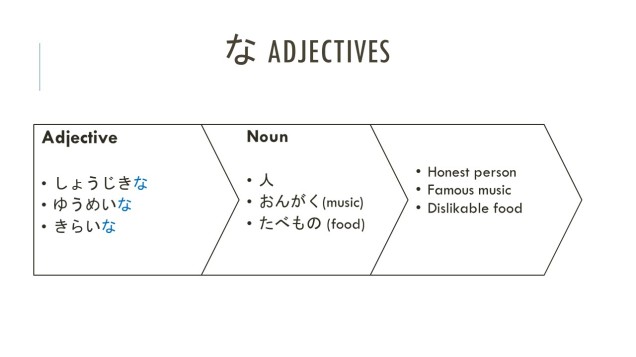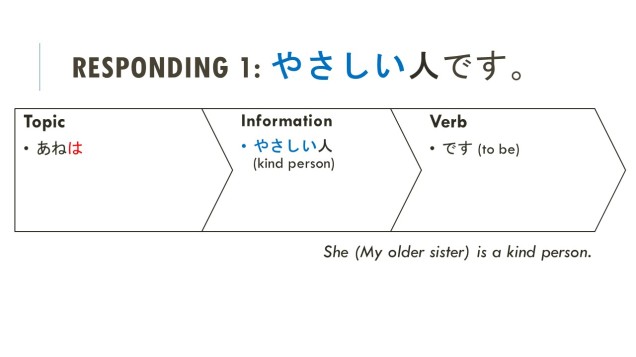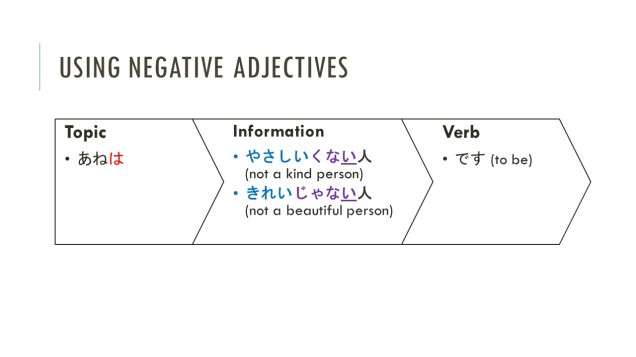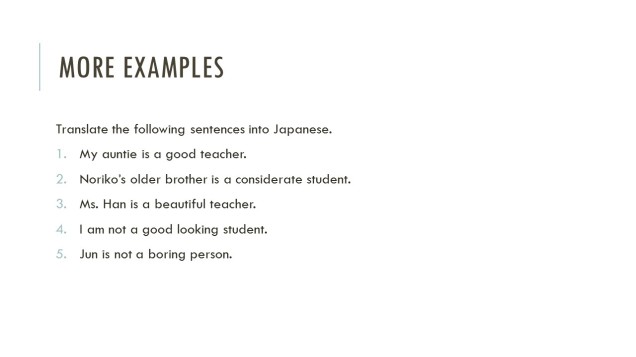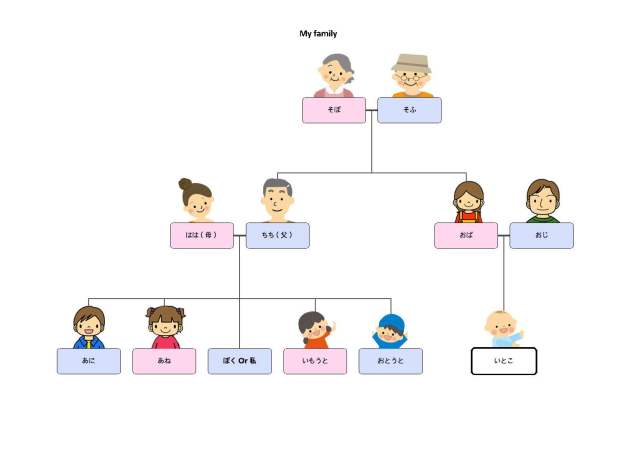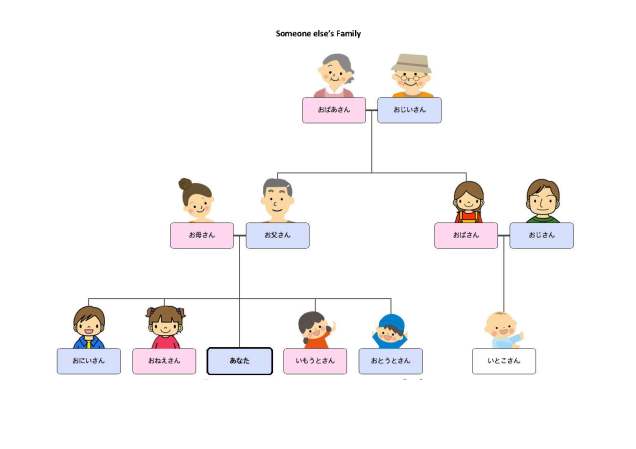Family Life and Home
Topic 1 Unit 3: Describing personalities (adjectives)
Click here to download the slides.
Asking and answering about someone’s personality 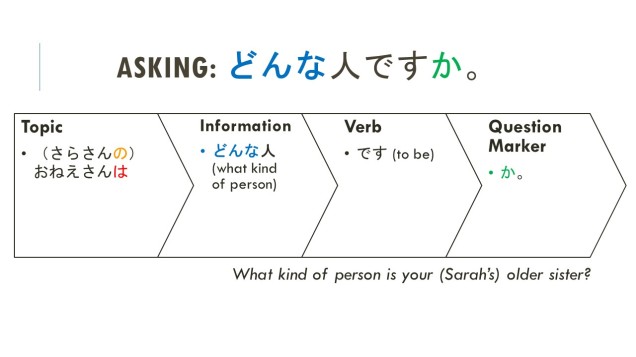
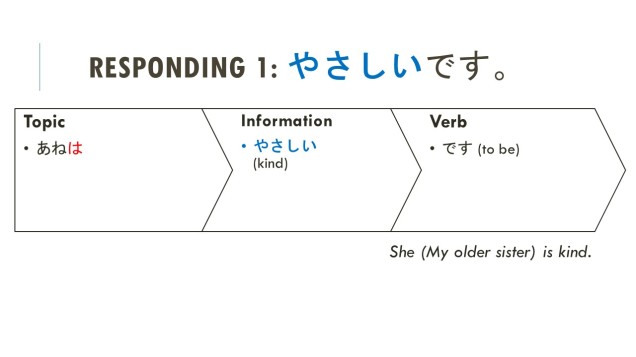

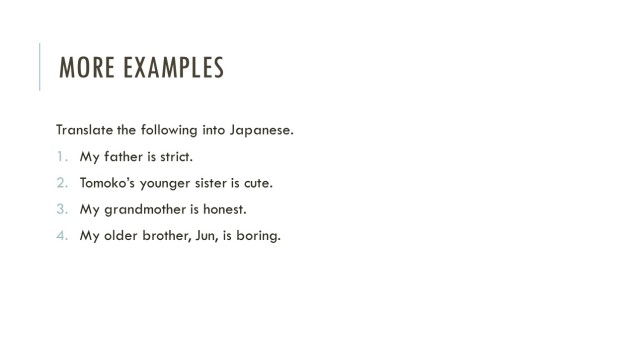

Adjective Negative Inflections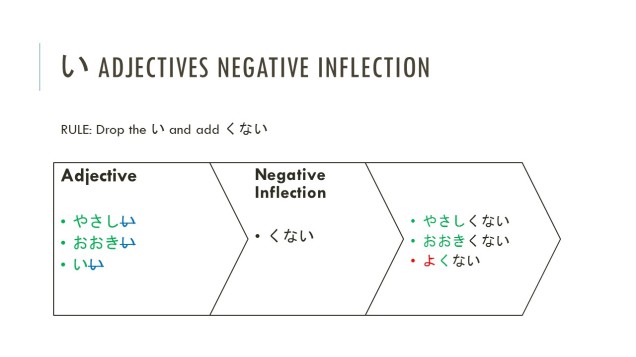
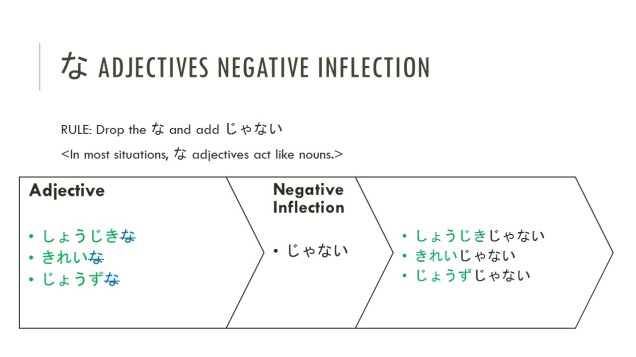
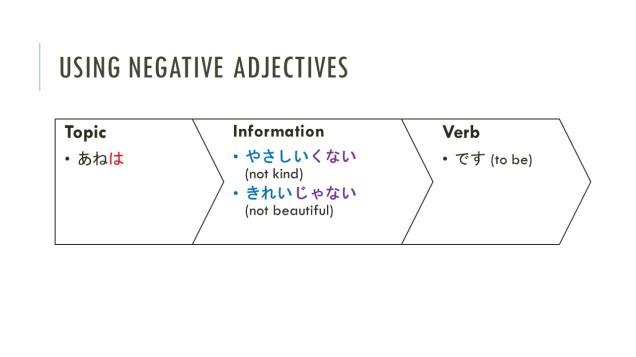
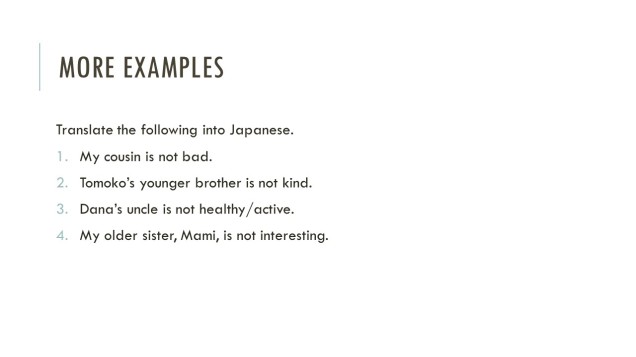
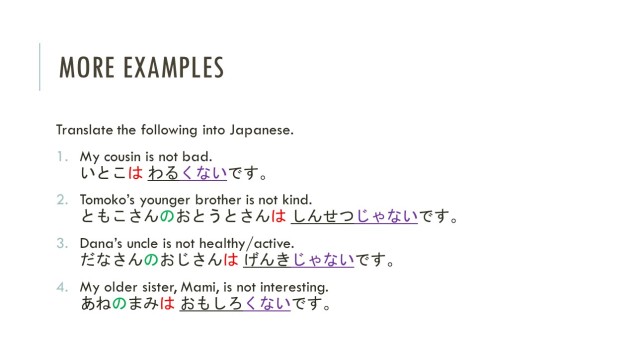
Using Adjectives to describe a noun
Topic 1 Unit 3 Describing Your Family Members
By the end of this unit, you will be able to:
- describe your family members with reference to their personalities and
- describe your family members with reference to their physical appearances.
Contents
- Vocabulary
- Kanji
- Describing personalities (adjectives)
- Describing physical appearances
Introducing your family
Watch the following video to learn how to introduce your family.
Family Charts
Download a PDF copy of all the family charts here.
Topic 1 Unit 2 Kanji
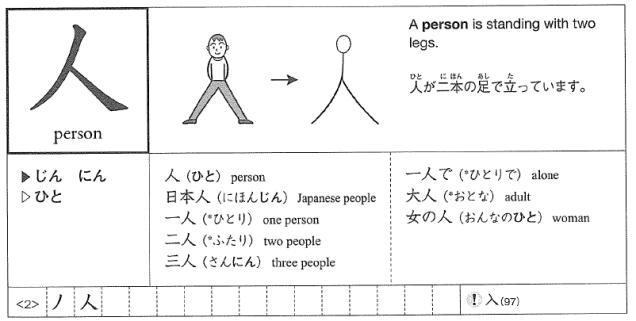
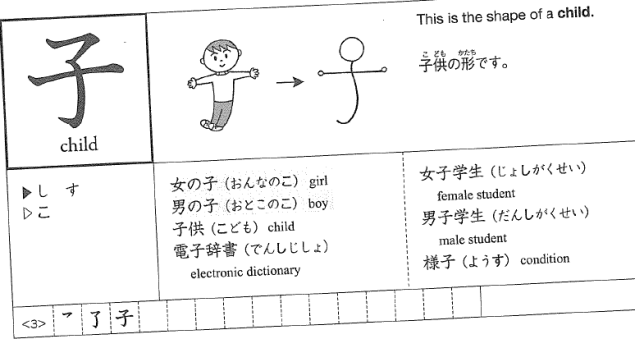
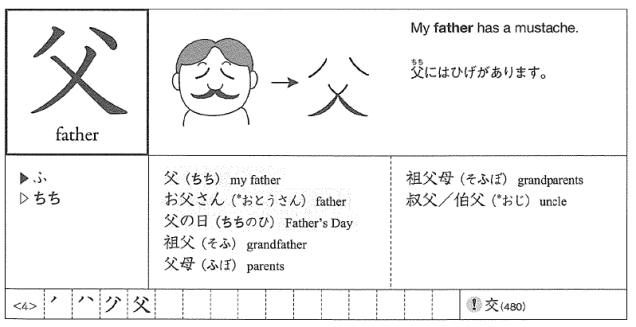
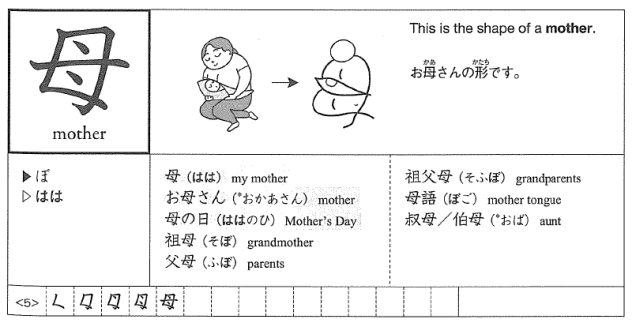
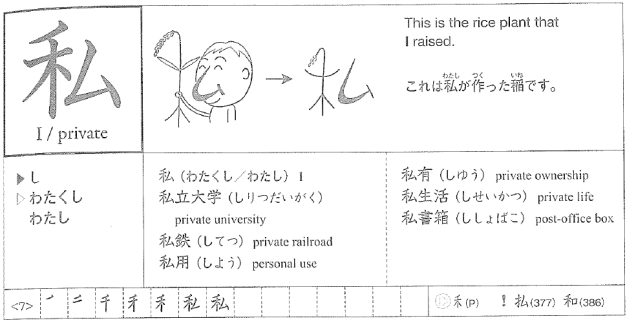
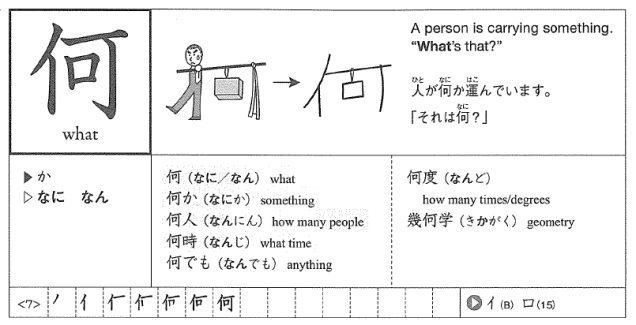
Numbers and Age
Numbers
Numbers 1 – 10
Counting 10+
| 10 | 10 | じゅう |
| 11 | 10 + 1 | じゅう いち |
| 12 | 10 + 2 | じゅう に |
| 13 | 10 + 3 | じゅう さん |
| 14 | 10 + 4 | じゅう し・よん |
| 15 | 10 + 5 | じゅう ご |
| 16 | 10 + 6 | じゅう ろく |
| 17 | 10 + 7 | じゅう しち・なな |
| 18 | 10 + 8 | じゅう はち |
| 19 | 10 + 9 | じゅう きゅう |
| 20 | 2 x 10 | に じゅう |
| 21 | (2 x 10) + 1 | に じゅう いち |
| 22 | (2 x 10) + 2 | に じゅう に |
| 23 | (2 x 10) + 3 | に じゅう さん |
| 24 | (2 x 10) + 4 | に じゅう し・よん |
Age
何さいですか。(How old are you?)
| 1 YO | いっさい | 11 YO | じゅういっさい |
| 2 YO | にさい | 12 YO | じゅうにさい |
| 3 YO | さんさい | 13 YO | じゅうさんさい |
| 4 YO | よんさい | 14 YO | じゅうよんさい |
| 5 YO | ごさい | 15 YO | じゅうごさい |
| 6 YO | ろくさい | 16 YO | じゅうろくさい |
| 7 YO | ななさい | 17 YO | じゅうななさい |
| 8 YO | はっさい | 18 YO | じゅうはっさい |
| 9 YO | きゅうさい | 19 YO | じゅうきゅうさい |
| 10 YO | じゅっさい | 20 YO | はたち |
Listening Activity
Asking and Answering Questions
Notes:
- The Japanese language does not use a question marker nor do the sentence structures change to create questions. You simply add か at the end of each sentence to ask a question to the original sentence.
(TOPIC)は (NOUN)ですか。
まあくくんはオーストラリアじんですか。
Response:
–はい、(わたしは) オーストラリアじんです。or
–はい、そうです。
–いいえ、(わたしは)オーストラリアじんじゃないです。
ニュージランドじんです。
Introducing yourself
Watch the following video to learn how to introduce yourself in simple Japanese.
Notes:
- はじめまして literally means “It is the first time meeting you”, but can be translated as “How do you do?” It is only used when meeting someone for the first time.
- The simple Japanese sentence pattern can be presented as:
(TOPIC)は (NOUN)です。
は is a particle called “topic marker”, which follows the topic to indicate that the noun is the TOPIC of the sentence.
わたし は がくせい です。
わたし は ちゅうごくじん です。
へれんさん は かんこく人 です。です is equivalent to the English ‘am, are, is.’
The negative of です is じゃないです.(TOPIC) は (NOUN) じゃない です。
せんせい は がくせい じゃない です。
けいとさん は 日本人 じゃない です。
いいさんさん は 女の人 じゃない です。The topic can also be often omitted when it is obvious who or what you are talking about. So the sentence appears as (NOUN)です。
E.g. ともこです。 - Refer to the JAPANESE SENTENCE STRUCTURES to better understand the difference between Japanese and English sentence structures.
Topic 1 Unit 2 Expand!
Introducing yourself (Exchanging Business Cards)
When introducing others or themselves, the Japanese usually use family names or full names. However, children and young people usually make informal introductions among themselves using first names (which in Japanese comes second). It is usual to exchange name cards (めいし) when adults are introducing each other. This avoids the trouble of explaining which kanji are used to write the names, and also give other important social information.
To find out more about the importance of exchanging めいし, check out Michael Gakuran’s blog here.
Watch the following videos for instruction on “HOW TO” exchange めいし.
The Japanese people have specific expectations and instructions on how to give and take business cards when introducing themselves.

